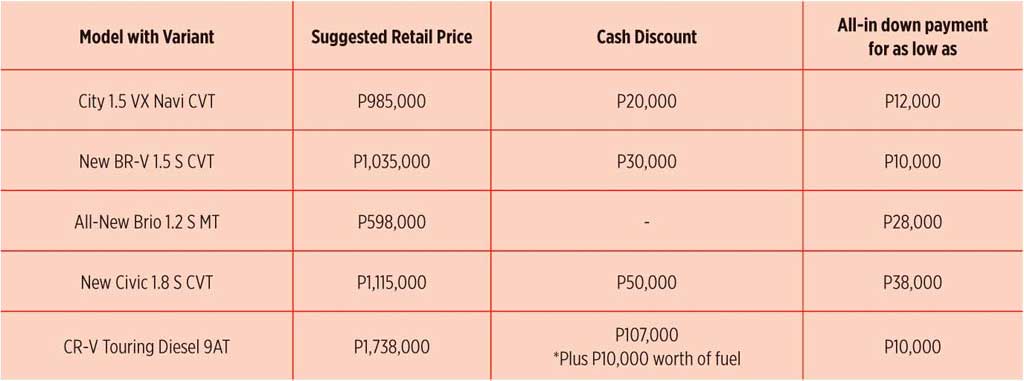Hosting the 2030 Asian Games
Following the Philippines’ successful hosting of the 30th Southeast Asian Games, the Philippine Olympic Committee announced its intention to bid for the 2030 Asian Games. Other countries vying for the hosting rights are Qatar, India, Thailand, Taiwan, and Uzbekistan. If successful, this would be the second time the Philippines would host the Asiad — the first time being in 1954.

The Philippines is said to have a better-than fair chance of bagging the hosting rights given the strong support from government and availability of sporting venues. Also working to our advantage is our extensive experience in hosting international sporting events. Apart from having organized the 11th, 16th, 23rd, and 30th SEA Games, the Philippines also hosted the 2017 World Cup in Volleyball. In 2023, the country will again host the Basketball World Cup.
The Olympic Committee of Asia (OCA) may announce the winning bidder as early as the end of this year.
Hosting the Asiad is exactly what we need at this time. As an up and coming nation, the Philippines needs to overhaul its image and banish old stereotypes. From being perennially labelled as economically challenged and politically tumultuous, the time has come for us to be recognized as economically progressive, organized, reliable, and future-ready.
Hosting the Asiad will give us the platform to showcase whatever success we have mustered as a nation, our culture, our readiness for the future, and all the things that make us competitively unique. It is all about strengthening our “soft power” or our ability to gain supporters, followers, and cliques not by force or by money but by building a favorable reputation. Having soft power gives us a louder voice in the global arena and gravitas in geopolitical affairs.
After all, the Philippines is on track to become the 23rd largest global economy by 2030. It is only right that we act the part.
Apart from overhauling our image and the strengthening our soft power, hosting the Asiad promises a wealth of other benefits.
It will unite our people and foster national pride.
It will be a catalyst for economic growth. The experience of London and Sydney gives us an idea of the economic benefits a country can obtain by hosting Olympiads. The city of London invested $758 million to construct the facilities needed for the 2012 Summer Games. This amount was recovered three-fold through the sale of media rights alone which amounted to $2,569 million. Moreover, 20 million people visited the city and pumped $14 billion in cash into London’s coffers. Best of all, four billion people watched the opening ceremonies on television and this revolutionized London’s image from one that was old and staid to one that is culturally relevant. As for Sydney, its trade balance swung from a $1.3 billion deficit in August 2000 to a $677 million surplus during the month of the games.
Thousands of jobs will be created. In the case of Barcelona, 20,000 permanent jobs were created as a result of hosting the 1994 Summer Games. In Vancouver, 21,000 permanent jobs were generated from the boom in hotels, ski resorts, and restaurants as an offshoot of the 2010 Winter Games.
It will improve Infrastructure. Hosting the Asiad will provide the impetus to upgrade the country’s basic infrastructure such as roads, ports, transport systems, communication systems, and even disaster mitigation facilities. All these will improve the efficiencies of the host cities and benefit the local community who reside there. Moreover, it will set-up these cities nicely to host bigger events.
It will benefit tourism. The Philippines has some catching up to do when one compares our tourist arrivals against that of our neighbors. Hosting the Asian Games will give us the shot in the arm we need. In addition, millions of hoteliers, restaurants and shop owners will benefit from the influx of visitors.
It encourages the creation of new districts. As a result of the 30th SEA Games, New Clark City is now on the radar of investors. The same thing happened for the Sydney Olympic Park and the Newington district in Australia. Both have become thriving suburbs where people live and work. Property prices have increased in and around these suburbs. Best of all, these new districts decongested central Sydney. The same can happen for Clark, Cebu, and Davao, if they are named host cities.
Hosting the games puts the spotlight on our athletes. As we witnessed in the 30th SEA Games, our athletes were given the state support they needed to elevate their game and bring glory to the country. The same will happen in the years leading up to 2030.
Just as there are advantages, so are there risks in hosting the Asiad — the most glaring of which is having to spend billions on a new stadium that may be mothballed or rarely used after the games. This is what happened in Montreal, Beijing, and Athens.
Post-Game planning is essential to the overall success of hosting Olympic games. It’s important to consider how the sports facilities will be used after the influx of visitors leaves the city. In the case of London and Sydney, both purposely built their stadiums of medium size so as to be applicable for smaller-scale sporting events and concerts afterwards. During the opening and closing ceremonies of the games, they simply augmented their arenas with modular rafters to increase capacities.
In Los Angeles, they wisely decided not to build new structures, instead opting to modify their existing arena for the 1984 Summer Games.
Another risk is the inability to recover the billions of dollars invested to mount the games. Jakarta spent $3.2 billion to mount the 2018 Asiad while Incheon spent $2.05 billion in 2014. If ever, Manila will spend $5 billion 10 years from now. As mentioned earlier, good planning will enable the host country to recover the cost on the Olympic week itself, just as Los Angeles and London did. Also, media rights sales will play an even more important role in this digital age.
In evaluating the cost-effectiveness of hosting the Asiad, one must consider not only the revenues generated during the games alone — one must also compare the increase in the host city’s revenues after the games versus not hosting the games at all. The economic multiplier effect of hosting the games could last for decades.
But then again, financial profits are not the only determinant of success. The bigger consideration is the unquantifiable benefits on the country’s image and soft power.
I consider the decision to bid for the 2030 Asian Games a positive development. It is a potential game changer that civil society should support.
Andrew J. Masigan is an economist.



